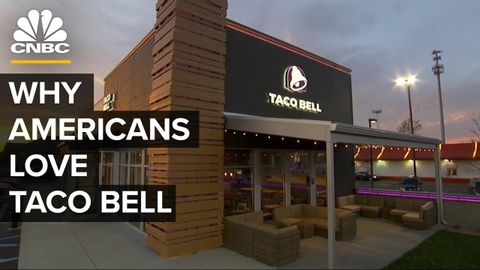
Subtitles & vocabulary
Why Americans Love Taco Bell
00
詹士緯 posted on 2019/07/24Save
Video vocabulary
struggle
US /ˈstrʌɡəl/
・
UK /'strʌɡl/
- Verb (Transitive/Intransitive)
- To try very hard to do something difficult
- To fight or struggle violently
- Noun (Countable/Uncountable)
- Strong efforts made to do something difficult
- A difficult or challenging situation or task
A2
More crisis
US /ˈkraɪsɪs/
・
UK /'kraɪsɪs/
- Noun (Countable/Uncountable)
- Unstable situation of extreme danger or difficulty
- A turning point in a disease.
B1
More experience
US /ɪkˈspɪriəns/
・
UK /ɪk'spɪərɪəns/
- Countable Noun
- Thing a person has done or that happened to them
- An event at which you learned something
- Noun (Countable/Uncountable)
- Knowledge gained by living life, doing new things
- Previous work in a particular field.
A1TOEIC
More positive
US /ˈpɑzɪtɪv/
・
UK /ˈpɒzətɪv/
- Adjective
- Showing agreement or support for something
- Being sure about something; knowing the truth
- Noun
- A photograph in which light areas are light and dark areas are dark
A2
More Use Energy
Unlock All Vocabulary
Unlock pronunciation, explanations, and filters
